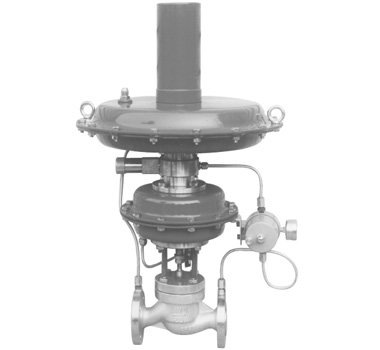Virtual Router
Data networking technicians that Internet connectivity from a virtual router is not more rapid than a wired network for Internet connectivity usually know it. But what is not commonly known is why. A router is a device that is used to connect one network, like the Internet, into a Local Area Network (LAN) that’s several connected devices including computers. Wired Local Area Networks typically use the Ethernet protocol for data communications. This protocol normally has bandwidth speeds from 10Mb/s (megabits per second) to 1000Mb/ s s being the most often used for networking computers in many houses and offices. The Ethernet data communication protocol uses full-duplex communication; that is, it can send and receive data at the exact same time.
A virtual router as the name implies, distributes information packets from the Internet to each requesting computer connected to it. This really is done in a orderly way through the use of high speed electrical switches. The maximum pace where the information packets can be switched by the router additionally determines the maximum speed of operation of the Local Area Network. In the event you have way too many computers connected off the router, the router may become a speed bottleneck.Get the information about virtual router you are seeking now by visiting virtual-router.net.
With virtual router, the hottest protocol is the IEEE 802.11 standard. This standard has had many revisions over the past few years and the latest is the 802.11n version. The 802.11n version can in theory work up to 300Mb/s whereas the earlier 802.11b variant works up to 11Mb/s and the 802.11g works up to 54Mb/s. But there are a few other variables that make wireless networks slower than wired networks because of data processing overheads and signal. The wireless signal can be susceptible to local noise from other nearby electrical equipment and this can cause the functionality of the wireless network to degrade.

Virtual Router
If wireless security protocols may also be used to encrypt the data, this needs additional data processing to be undertaken by introducing inherent latency delays that may also restrict the functionality. Hard-wired networks don’t have to have the information packets encrypted because they’re physically secured in many buildings whereas wireless networks cover regions that aren’t secured and therefore the data must be encrypted to secure it from unauthorized users.
For better performance Internet connectivity, use a wired cable if you can because it is physically secure, allows performance that is speedier, costs less, and is not as susceptible to electrical interference compared to wireless connectivity.
In conclusion, if you utilize your computer for voice over IP, gaming, or real-time collaboration, then you’re better off using a cable virtual router that is wired to the router that connects to the Internet Service Provider.






 Why Recycle Computers?It is estimated an average computer monitor may hold more than 6% lead by weight. When you discard circuit board or a computer monitor, most of that lead leeches into groundwater, or pollutes surrounding air if the computer screen is incinerated. Some companies ship circuit boards and their aged computer monitors to developing countries that have poor environmental protection
Why Recycle Computers?It is estimated an average computer monitor may hold more than 6% lead by weight. When you discard circuit board or a computer monitor, most of that lead leeches into groundwater, or pollutes surrounding air if the computer screen is incinerated. Some companies ship circuit boards and their aged computer monitors to developing countries that have poor environmental protection 